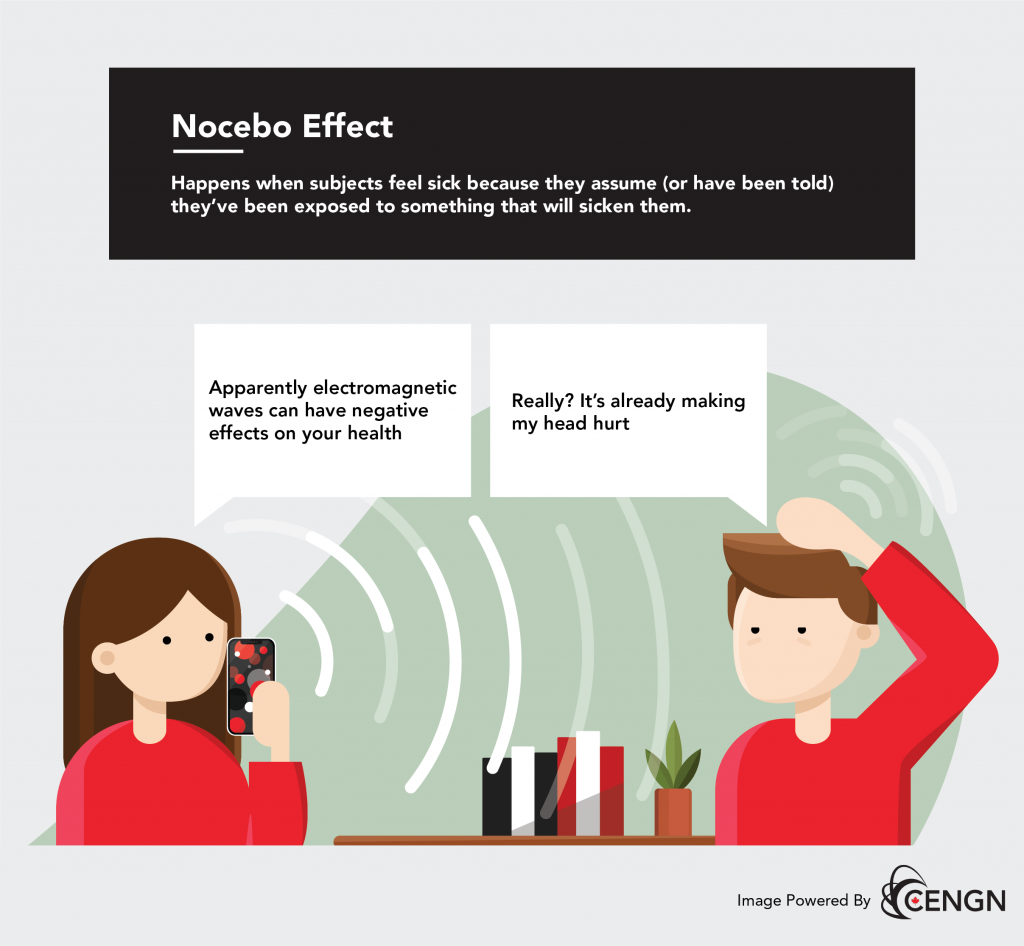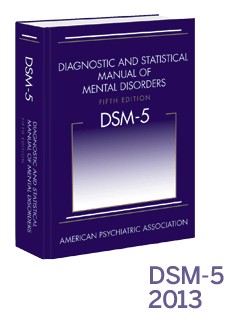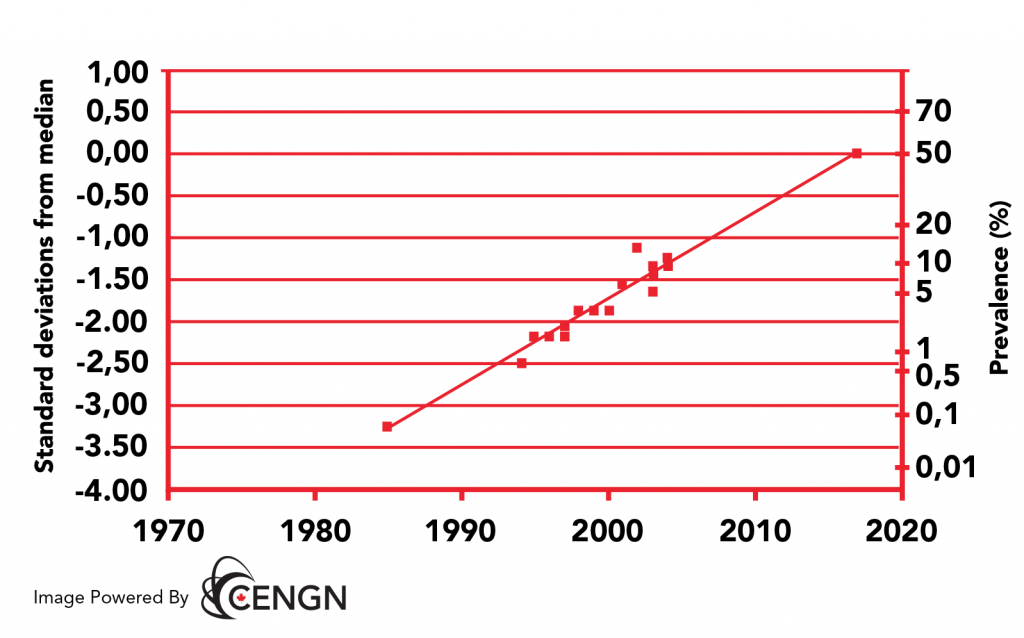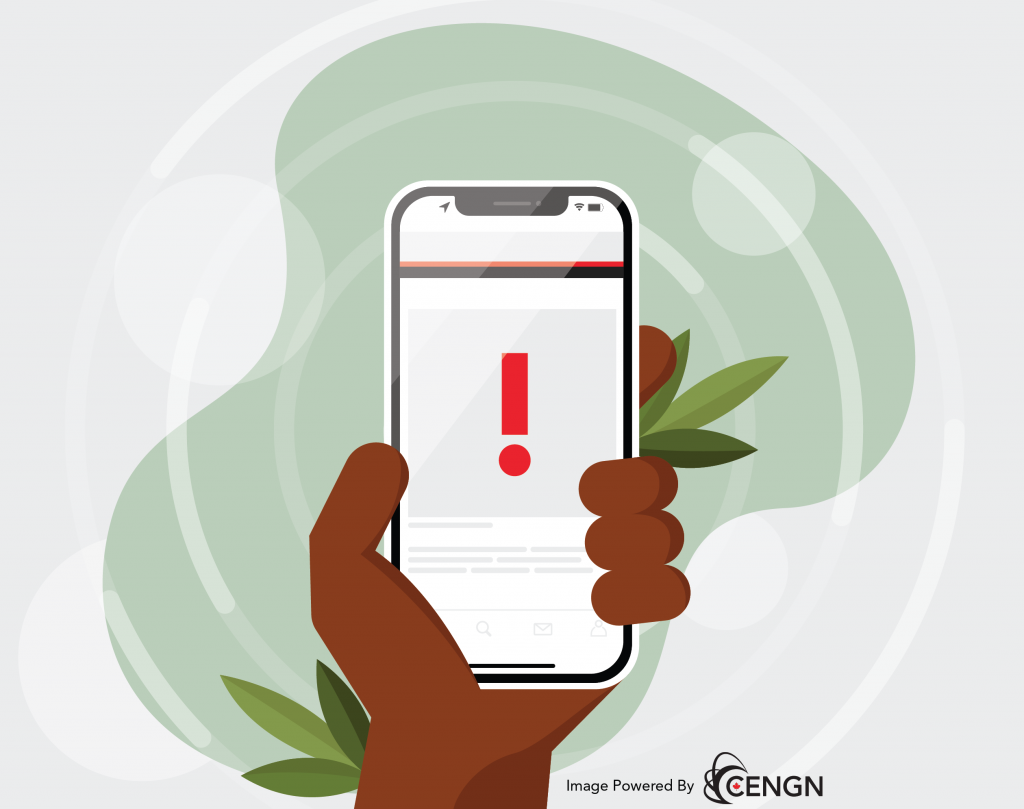More Innovation:
Electromagnetic Hypersensitivity (EHS): Is it a Threat to 5G?
Updated: January 24, 2022
Is EHS a Threat to 5G?
5G hasn’t had the most positive rollout compared to other cellular generations. On one side, there’s a strong and optimistic point of view. Visionaries build on ideas such as smart cities, telehealth, autonomous vehicles, massive IoT deployments and obviously faster download speeds.
On the other side, 5G has been met with unease, skepticism, and downright retaliation. Driven by fear, misinformation and a lack of knowledge about the infrastructure, 5G seems to be the enemy.
So, where does this concern come from? Why are we sitting on two opposite sides of the table about 5G? How come this only started to happen now?
One potential cause could be the cases of electromagnetic hypersensitivity or EHS for short.
Electromagnetic Hypersensitivity: A Serious Form of Technophobia?
You may have heard the term technophobe before, but if not, a technophobe is somebody who fears, dislikes, or avoids new technologies and surprisingly, it’s quite typical.
Some experts believe that everybody has some form of nervousness when introduced to new tech. As new technologies are introduced almost every day, it’s understandable to be a bit nervous – especially when there’s a learning curve involving your job.
Although some of us may have a little technophobia, others are heavily affected. Nicknamed the “Wi-Fi Allergy,” electromagnetic hypersensitivity (EHS) is where subjects believe they experience negative symptoms due to electromagnetic frequencies from cell phones, TVs, microwaves, Wi-Fi, and even baby monitors.

There are various levels of EHS. Some sufferers may feel a little uneasy or sick around electromagnetic frequencies. Meanwhile, others get entirely defensive – boarding up their homes and isolating themselves from modern-day activities to limit exposure.
Released in February 2020, “Electrosensitivity: Tortured by Technology?” is a brief documentary by the BBC. The 15-minute video highlights people who live and struggle with significant EHS symptoms in the UK.
So, is Electromagnetic Hypersensitivity Real?
Looking at somebody who experiences electromagnetic hypersensitivity, common symptoms may appear, such as:
- Warmth or tingling like sunburns
- A stinging or pricking sensation in the face or body
- Headaches
- Fatigue
- Poor memory
- Reduced concentration and clarity of thought
- Dry sinuses, throat or eyes
- Nausea
- Aches and pains in the muscles, joints or teeth
- Palpitations
- Sleep disturbance
- (Source: MCS-Aware)
Although these symptoms look to be very concerning to the average person’s mental and physical health, studies done over the past 10 years highlight no supporting evidence showing that EHS is real. (Source: PubMed.gov) Well-monitored double-blind experiments highlight that people who feel they suffer from EHS can’t actually predict whether or not they’re in the presence of electromagnetic fields.
In these studies, subjects were told they were within the presence of electromagnetic fields (when they weren’t). And because they were told this, the patients believed they felt negative symptoms of EHS – even though they weren’t actually near any electromagnetic radiation.
The opposite also turned out to be true.
When the test subjects were told that they weren’t within electromagnetic radiation (when they actually were), they didn’t feel any adverse symptoms.
These studies turned out to be an instance of the nocebo effect. Opposite of the placebo, the nocebo effect happens when subjects feel sick because they assume (or have been told) they’ve been exposed to something that will sicken them. (Source: WebMD)

Along with these studies, the World Health Organization (WHO) found no link between electromagnetic fields and hypersensitivity ailments – confirming that electromagnetic waves aren’t the cause for suffering. (Source: WHO)
Treatments for Electromagnetic Hypersensitivity
With these studies showing electromagnetic hypersensitivity isn’t actually real (even though the symptoms are), where do patients get treated?
Unfortunately, it’s not an easy question to answer. Psychologically, the Diagnostic and Statistical Manual of Mental Disorders, 5th Edition (DSM-5 for short) doesn’t have a section for electromagnetic hypersensitivity treatment, so it’s not classified as a proper diagnosis. There’s also no agreed-upon definition of EHS, resulting in limited comparability between research outcomes. (Source: National Center for Biotechnology Information)

The DSM-5 is a diagnostic tool published by the American Psychiatric Association. The book is used by numerous clinicians, researchers and other workers in the mental health field. (Source: Wikipedia)
Today, cases of electromagnetic hypersensitivity are self-diagnosed conditions. So far, cognitive behavioural therapy (CBT) has shown success in helping people with EHS. Still, more research needs to be done to find the optimal treatment.
It’s also essential to see whether these symptoms come from other attributes within the person’s environment. For example, black mould has symptoms similar to electromagnetic hypersensitivity, such as headaches, poor memory, dry sinuses, and skin rashes. (Source: Medical News Today)
Certain studies also suggest that biological issues may affect EHS cases. (Source: National Center for Biotechnology Information) Subjects with EHS frequently presented a deficit in vitamin D and zinc. Anti-histaminics and antioxidants were also recommended to improve a patient’s symptoms.
Electromagnetic Hypersensitivity: A Rising Trend
Since the beginning of the first wireless cellular network (1G), self-proclaimed sufferers of electromagnetic hypersensitivity have been steadily increasing among the population, with the first reported case in Sweden during the late 1980s. Today, it’s estimated that between 3% to 5% of people in many countries claim to suffer from EHS, with more women saying they have symptoms than men. (Source: Environmental Health Journal)

Opinion: A Recipe for 5G Slow Down
Even with no real connection to Wi-Fi, cell phones, and cell towers, self-proclaimed electromagnetic hypersensitivity cases continue to grow as more people state they have EHS every day.
So, what does that mean for 5G prosperity?
Compared to other cellular generations, 5G’s rollout hasn’t been easy. Even with the facts to back that it’s safe, 5G has many people worried. Whether it’s a COVID-19 conspiracy theory or the increased radio waves, 5G has gotten a bad rep.
Check out our previous article, “5G in Canada: Is there a Health Concern?“ to find more about 5G safety in Canada.
Protests across Switzerland happened, and in February 2020, the country halted 5G rollout over health concerns. (Source: Financial Times) Some anti-5Gers have even taken it a step further, destroying 5G infrastructure in numerous countries, including the UK, United States and even Canada (Source: CTV News).
As 5G continues to roll out, is it possible that more and more people may claim to be affected by EHS – not because 5G is harmful, but because of the publicized anxiety?
According to a study done back in 2012, a group of 147 subjects were asked to watch either a television episode highlighting the harms of Wi-Fi or a film about internet data security. After watching either of the videos, they were then exposed to a fake Wi-Fi signal. Those who watched the clip about the harms of Wi-Fi were more likely to believe they develop symptoms from electromagnetic frequencies, especially if they were already anxious. In total, 54% of the 147 subjects reported symptoms. (Source: Journal of Psychosomatic Research)

Looking at the big picture, we may see a global snowball effect relating to increased electromagnetic hypersensitivity cases as 5G anxieties continue to spread.
Opinion: What to Do About Electromagnetic Hypersensitivity’s Spread
It’s tough to give a definite answer on what to do for such a big problem, but the first focus should be on further research and treatment. Whether it’s biological, psychological, or a mixture of both, nobody should have to isolate themselves from society’s advancement to feel safe.
Also, the telecommunications sector needs to do a better job of communicating the benefits of 5G and other related topics while disproving false information as it arises. Looking online, most data highlighting 5G safety doesn’t come from reputable companies but rather news sources, magazines, and a few government websites. If we as the tech sector could show that 5G isn’t harmful, it could help speed up 5G prosperity.
Slowing Down Electromagnetic Hypersensitivity’s Spread
As electromagnetic hypersensitivity claims continue to spread, we need to take action against it. Although not caused by radiation but instead misinformation and backed by numerous studies, millions of people worldwide believe they have EHS. As more negative news spreads about 5G, it’s possible EHS cases could rise and slow down 5G prosperity even further.
Are you interested in hearing more about 5G and other innovative technologies?
Download our “Next Generation Network Imperative” Whitepaper to find out what the future of next-generation technologies looks like.
The International Data Corporation (IDC), a world-renowned global market intelligence firm, was commissioned to complete this study.









